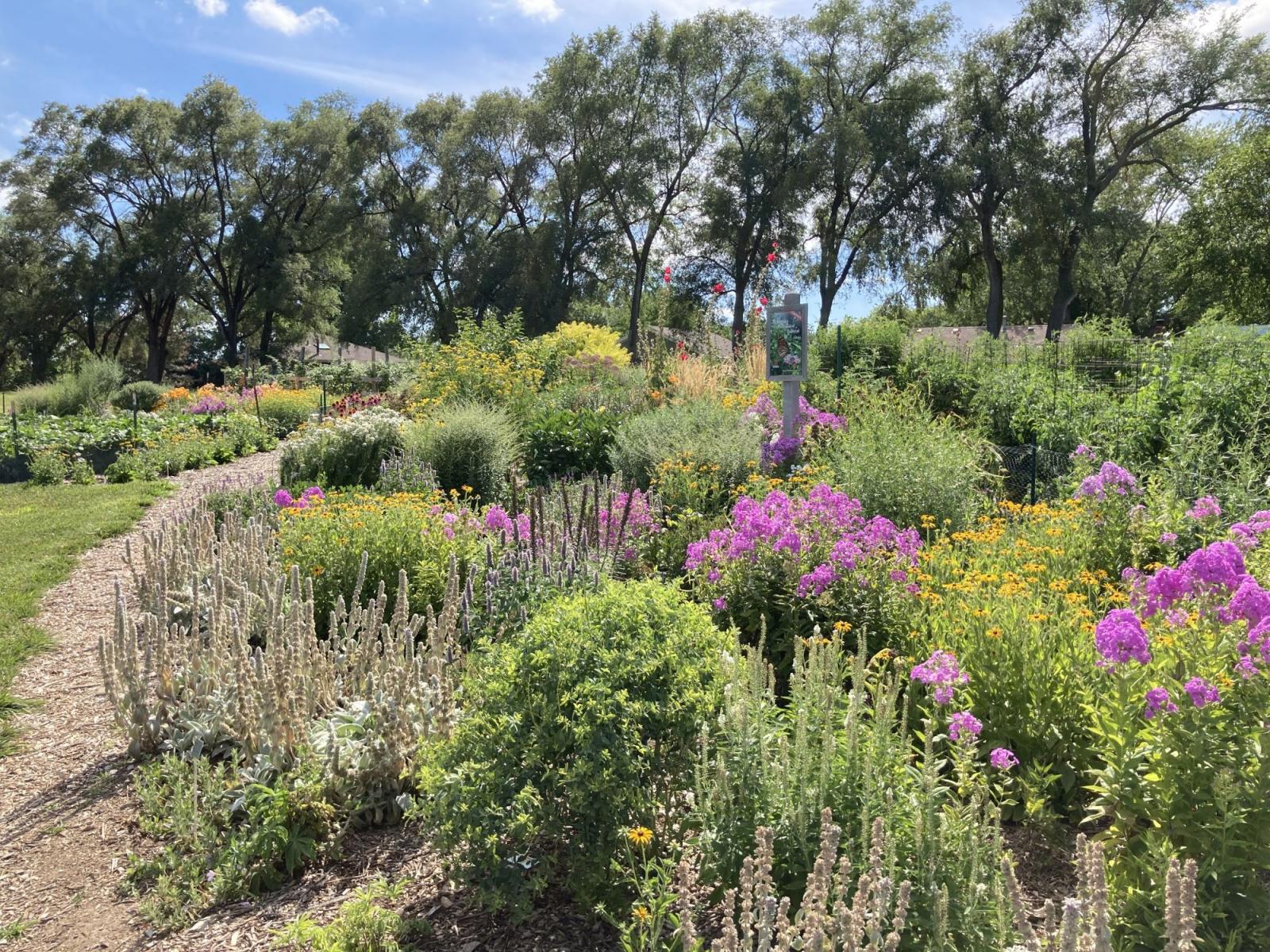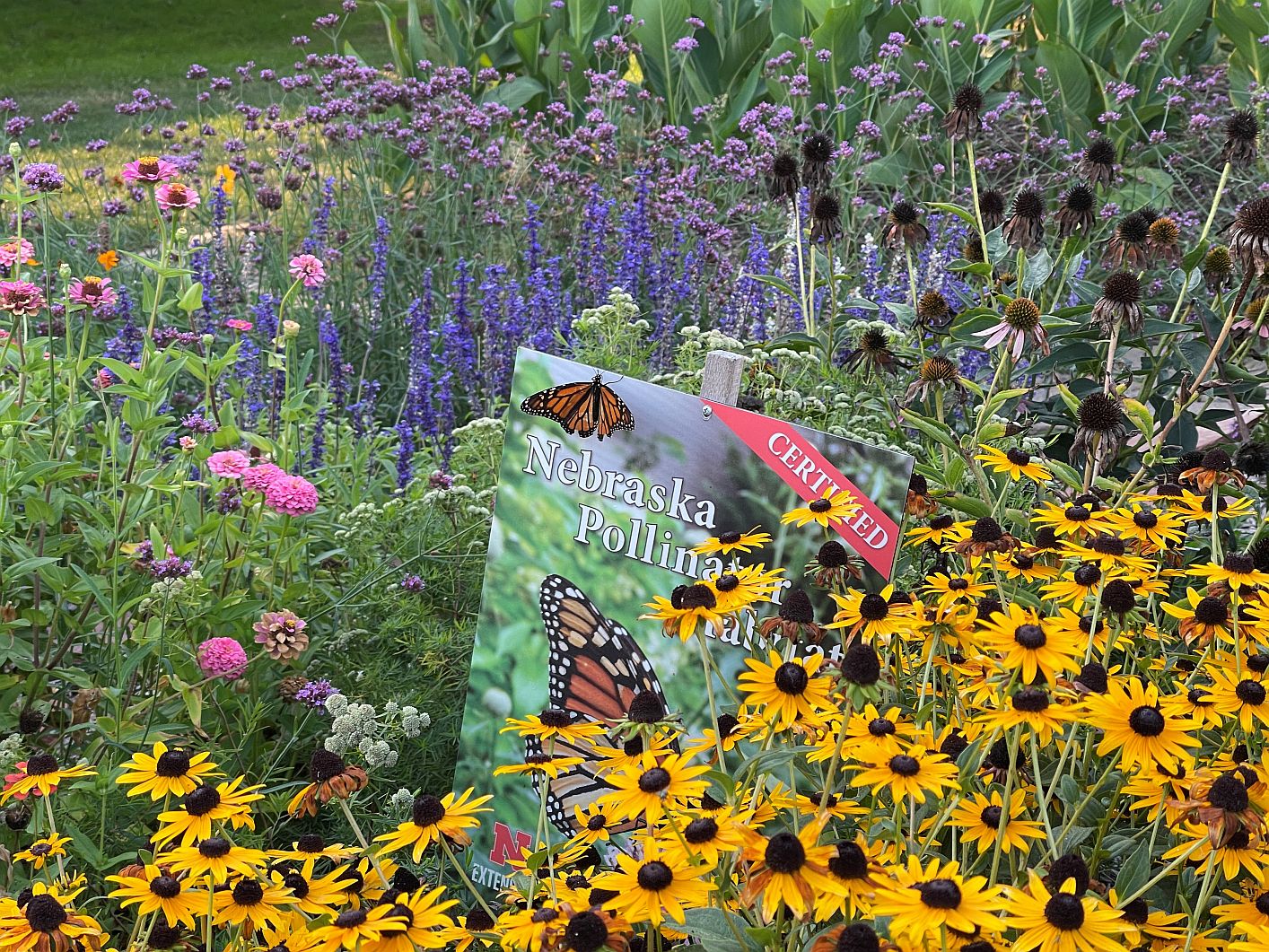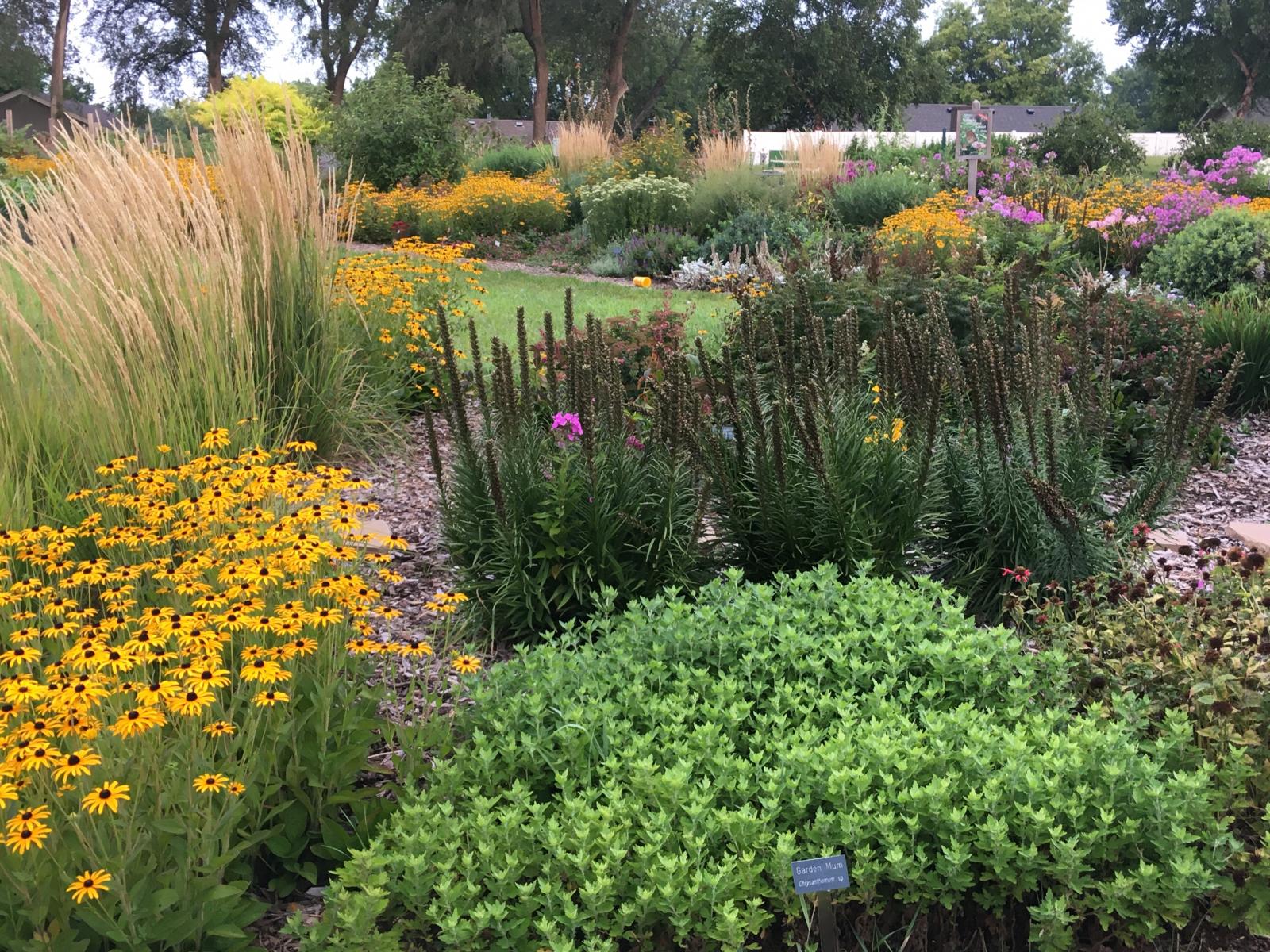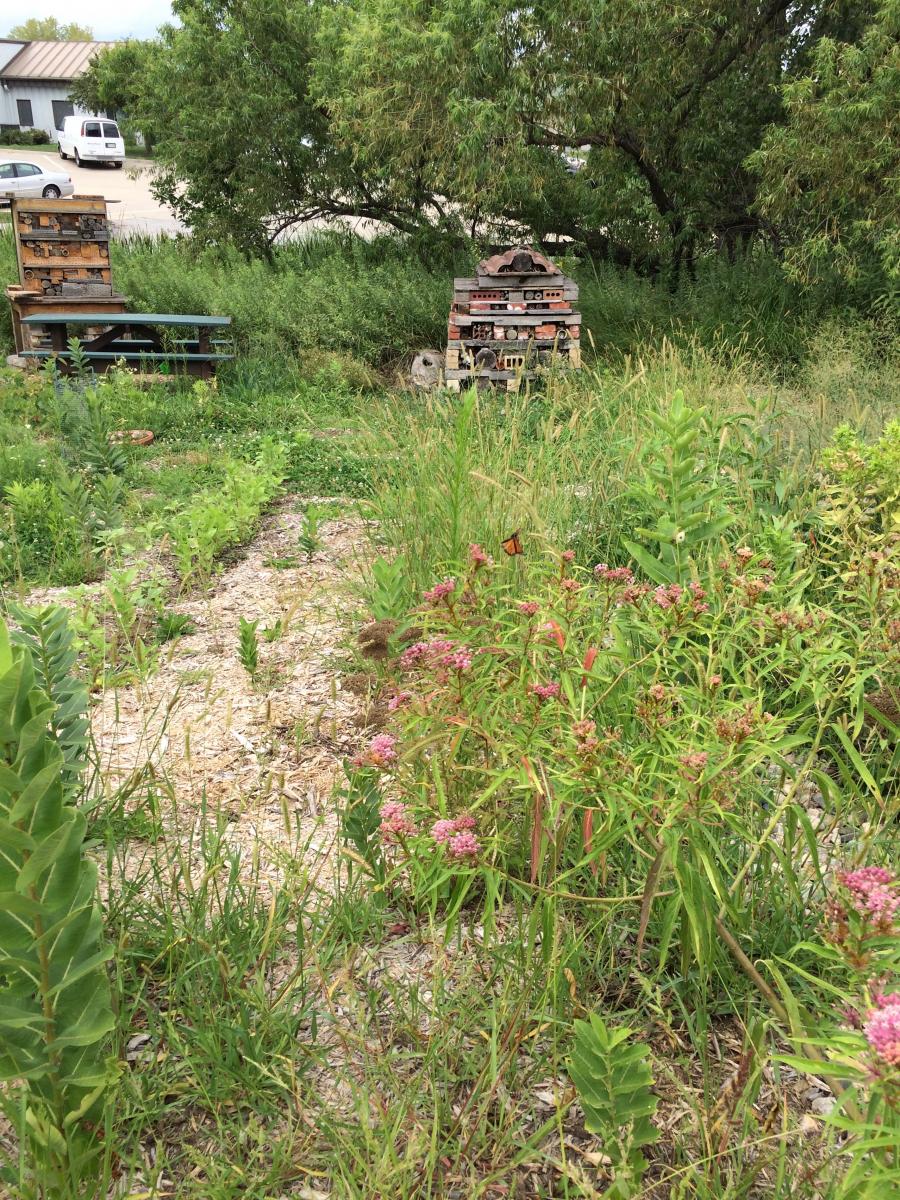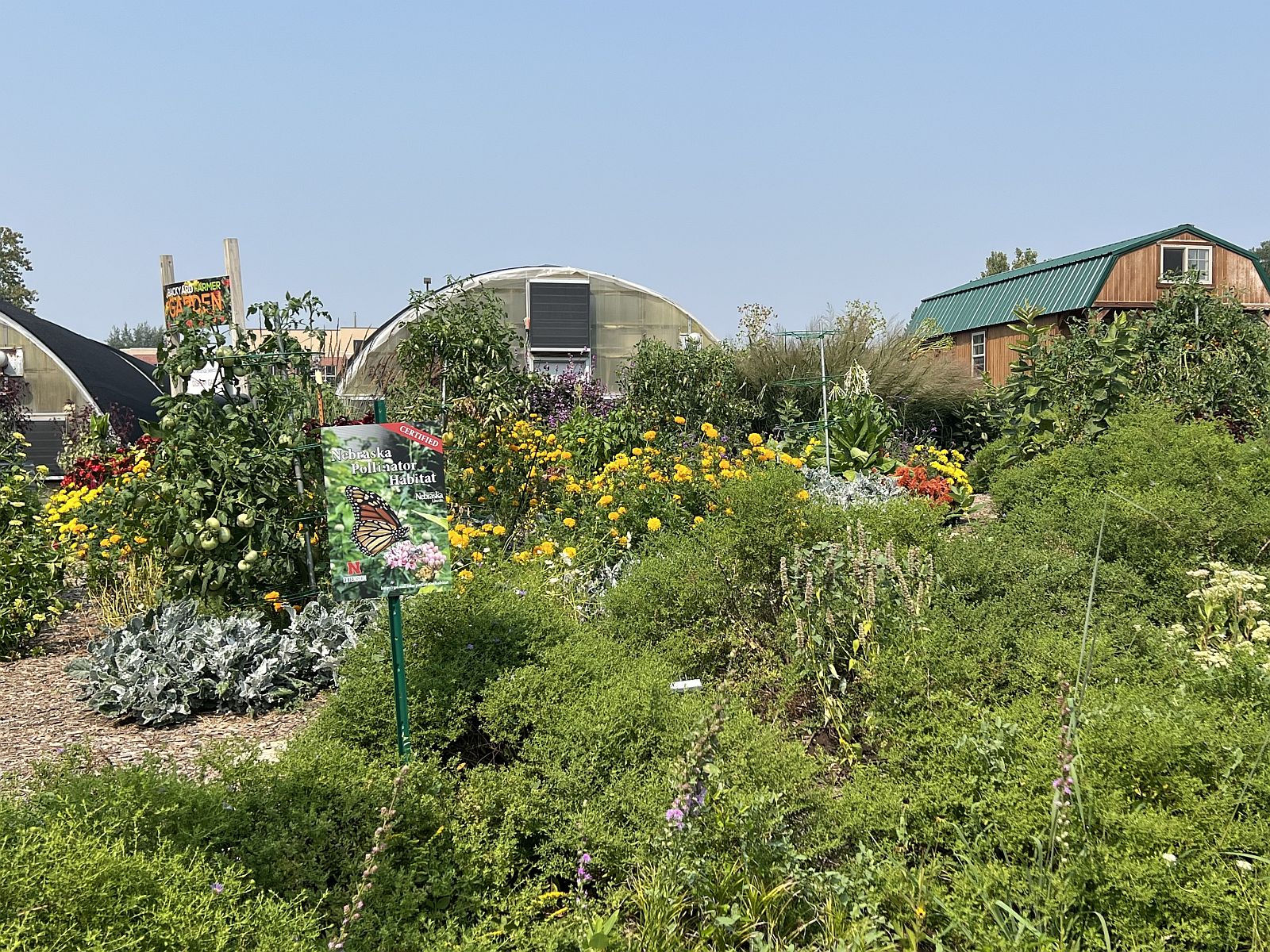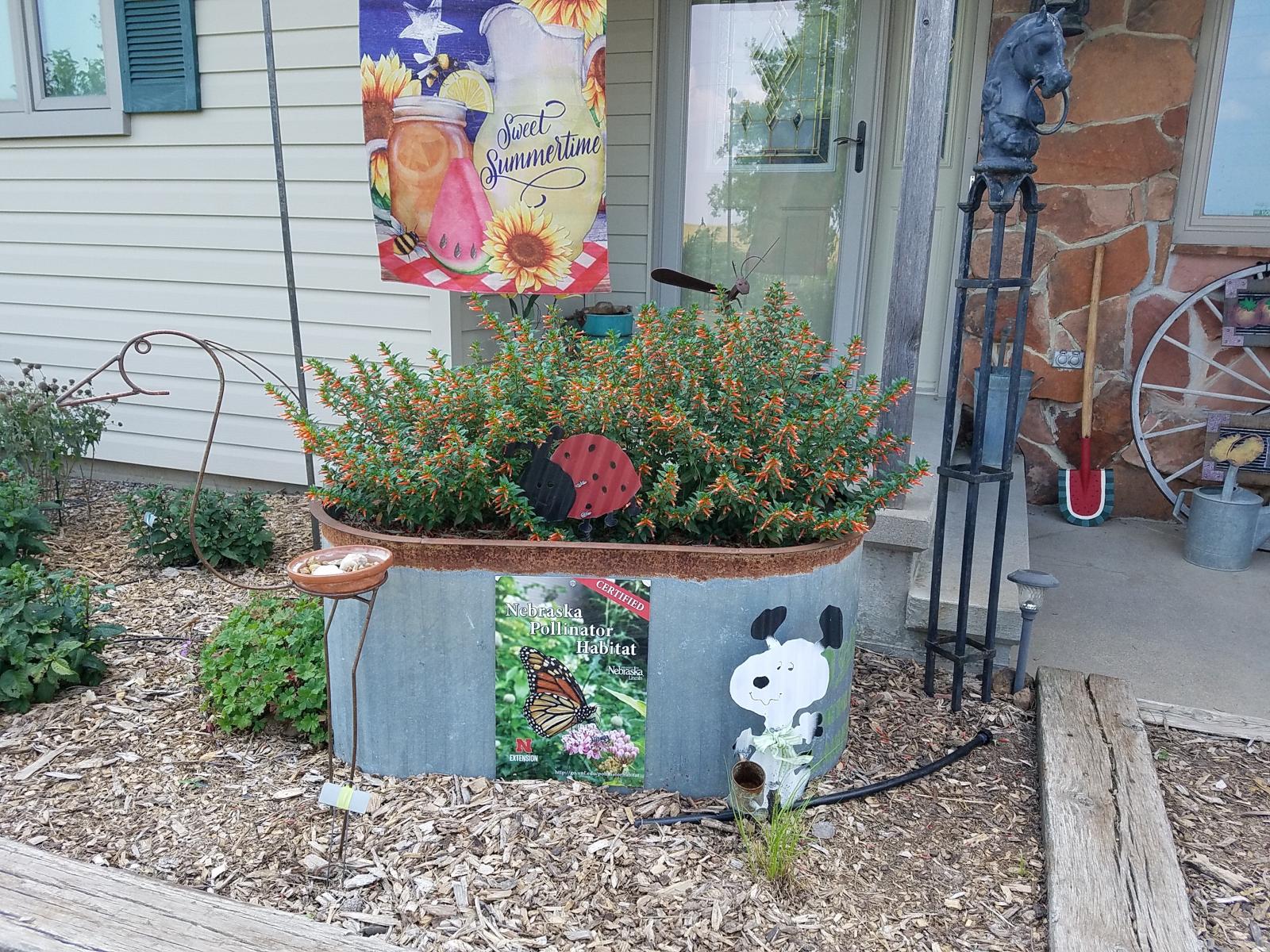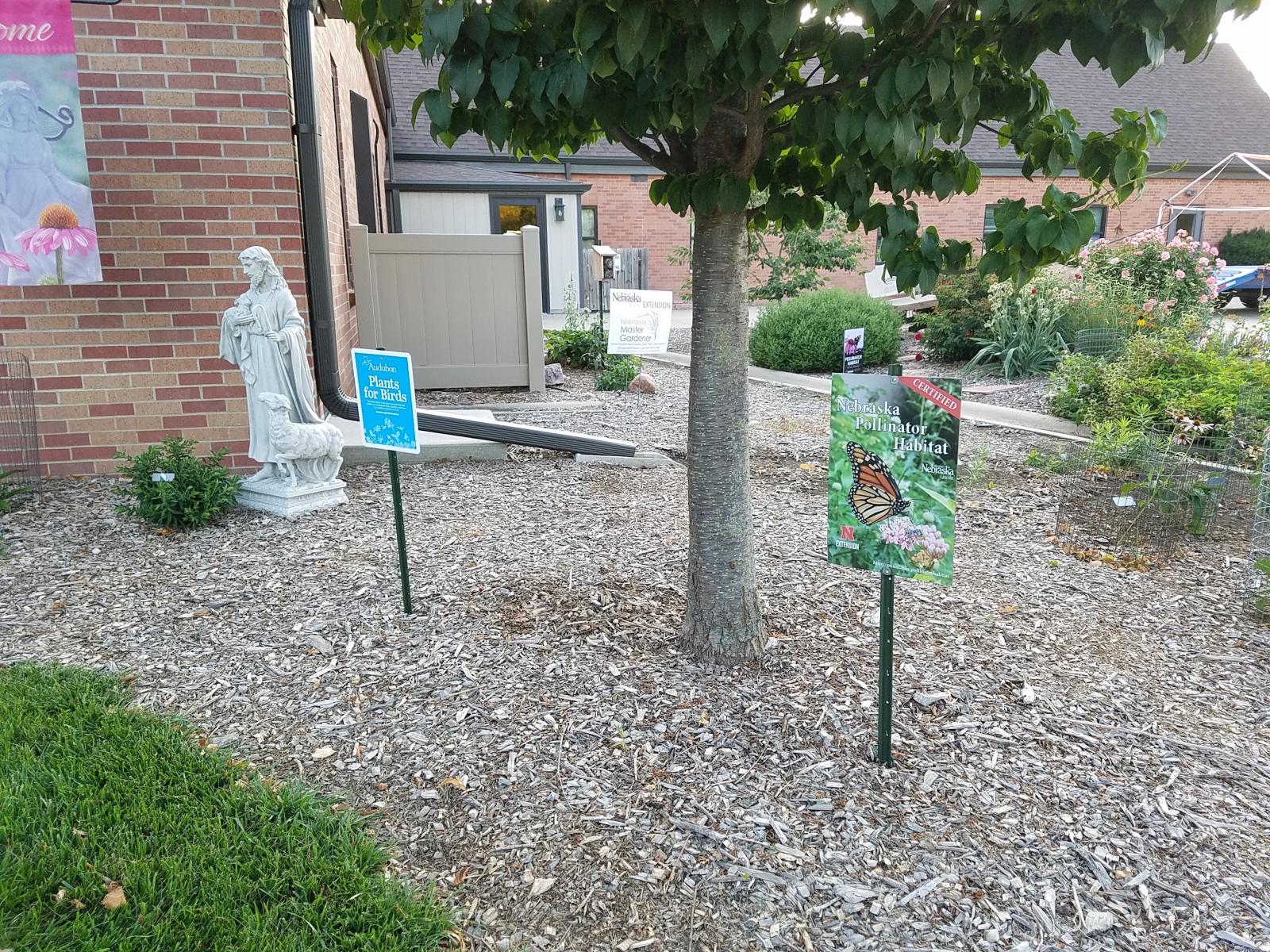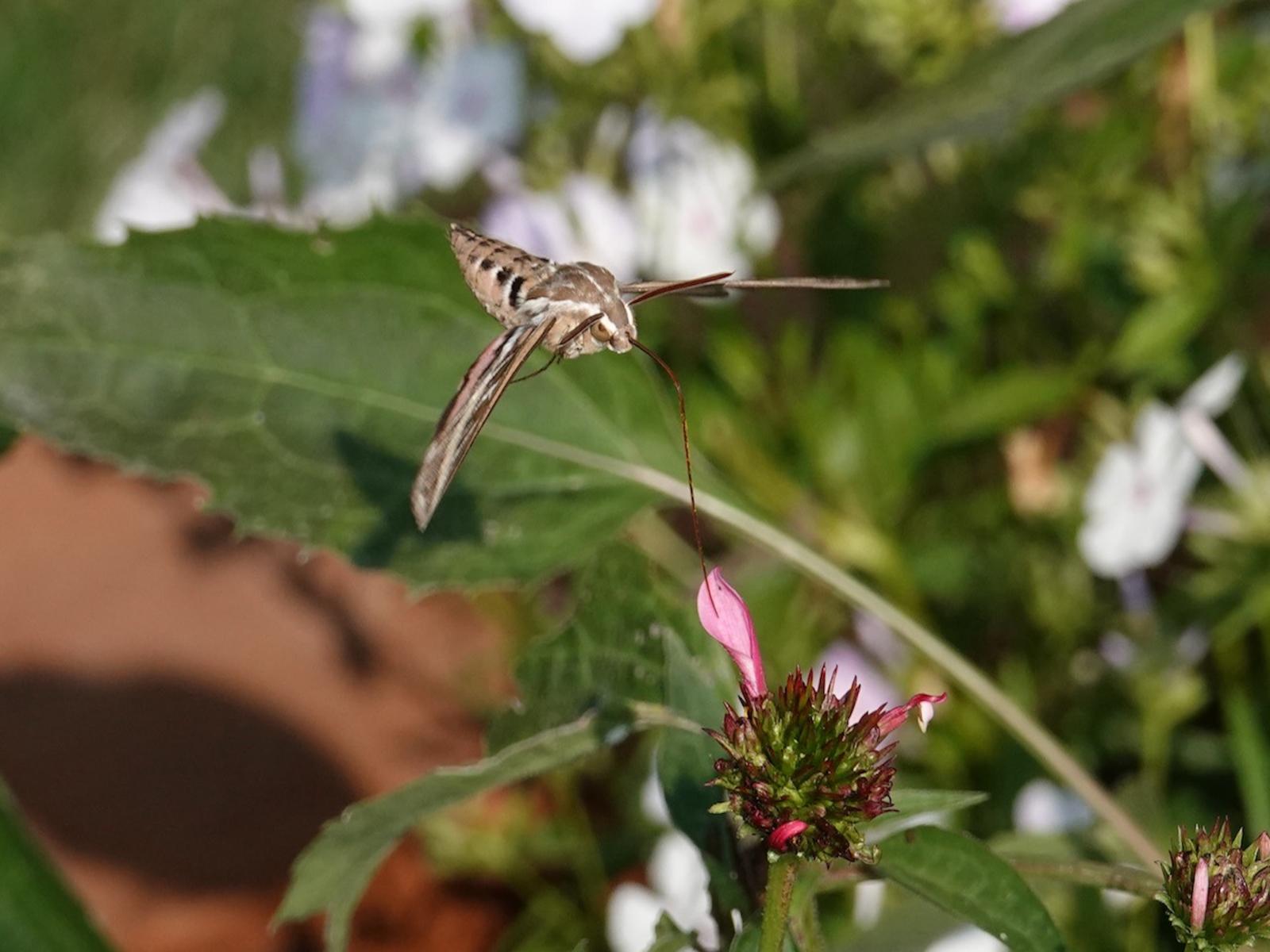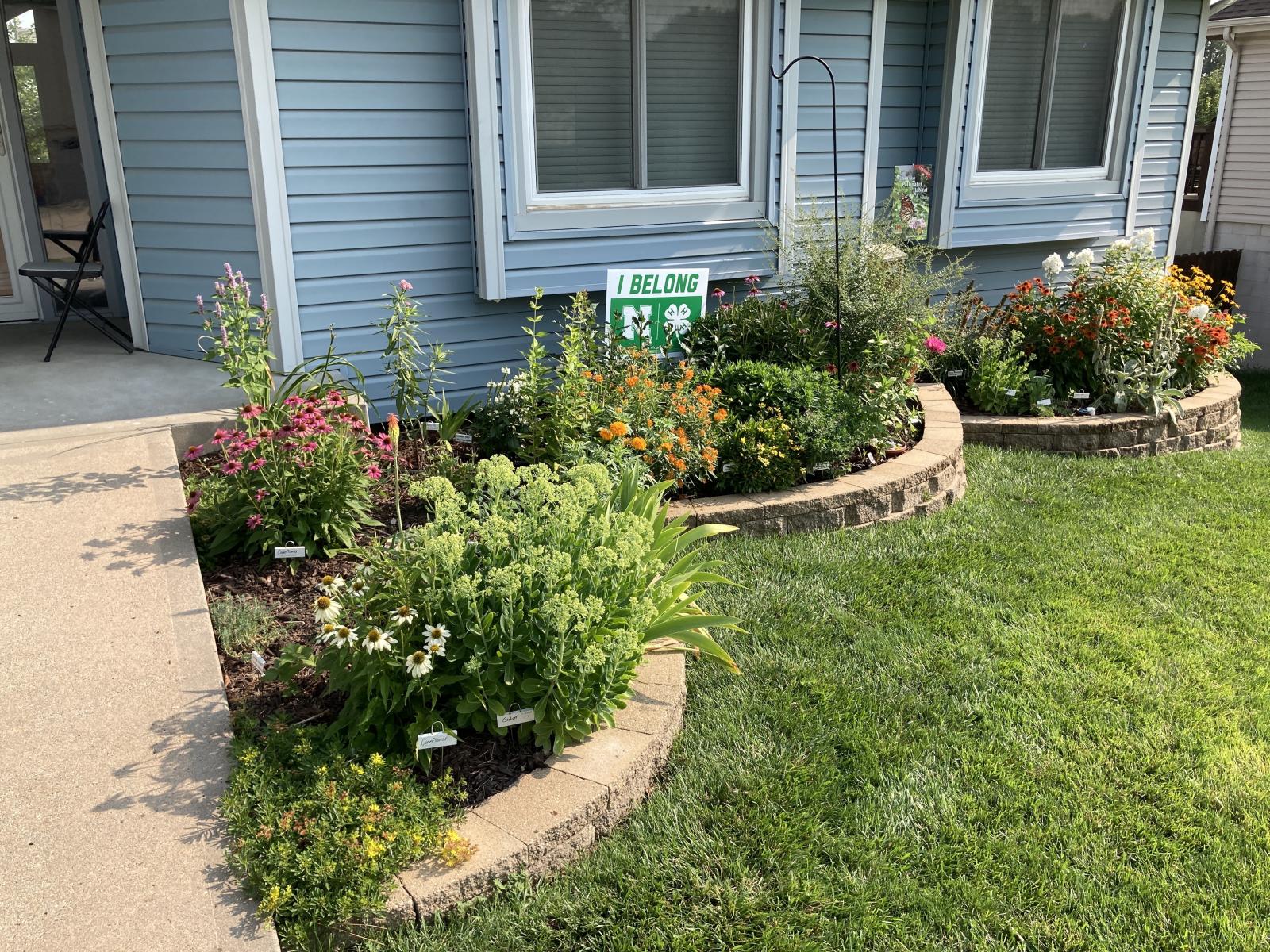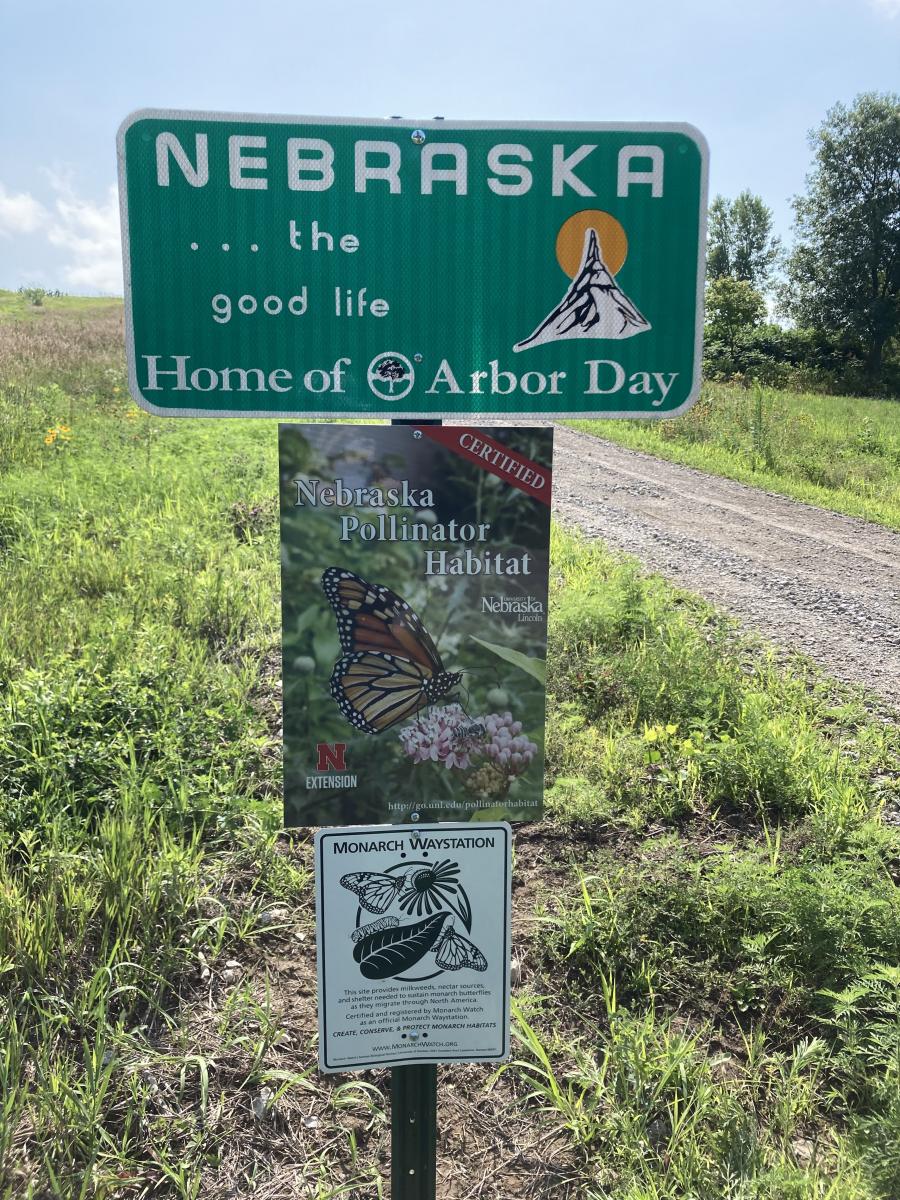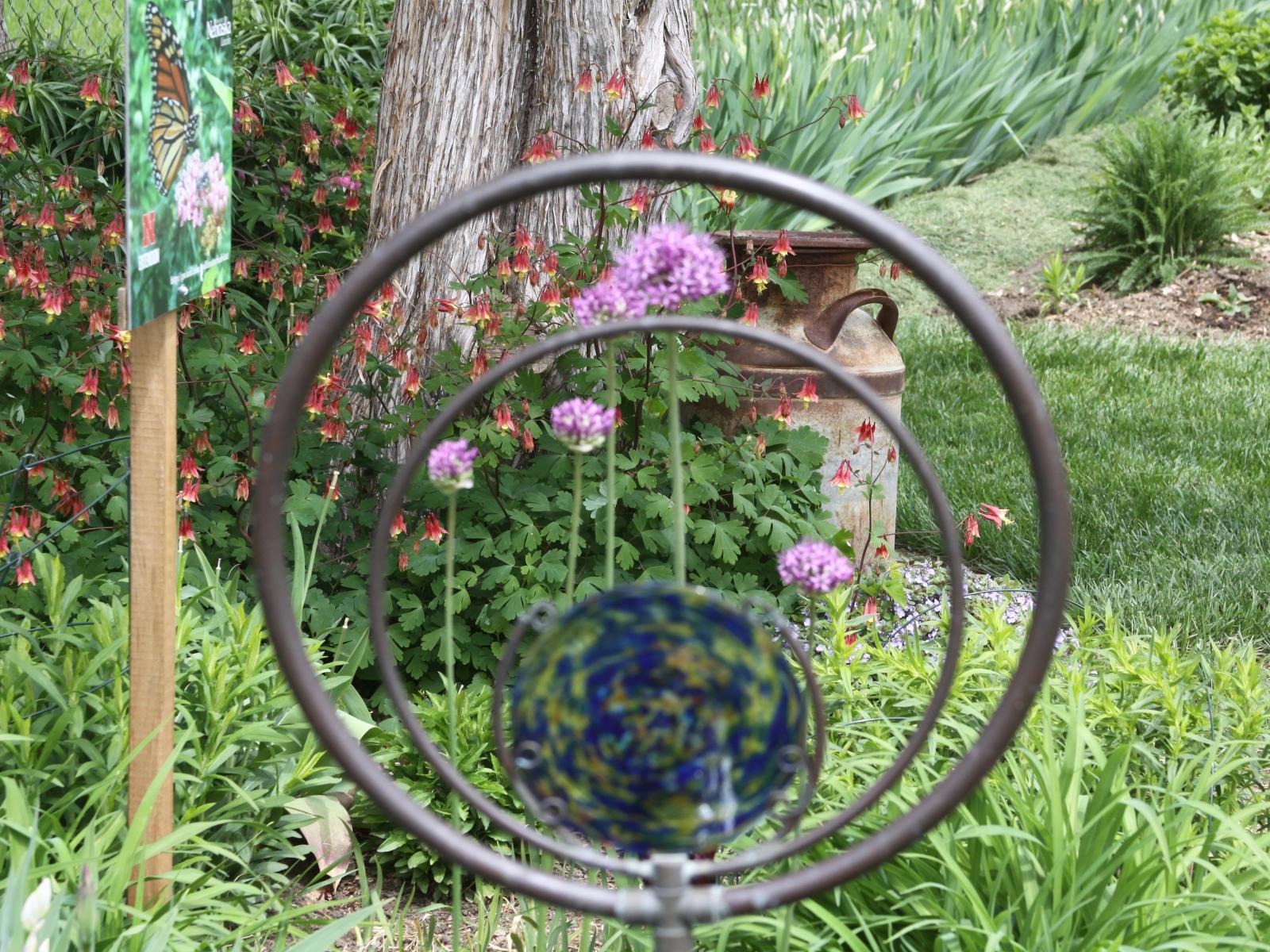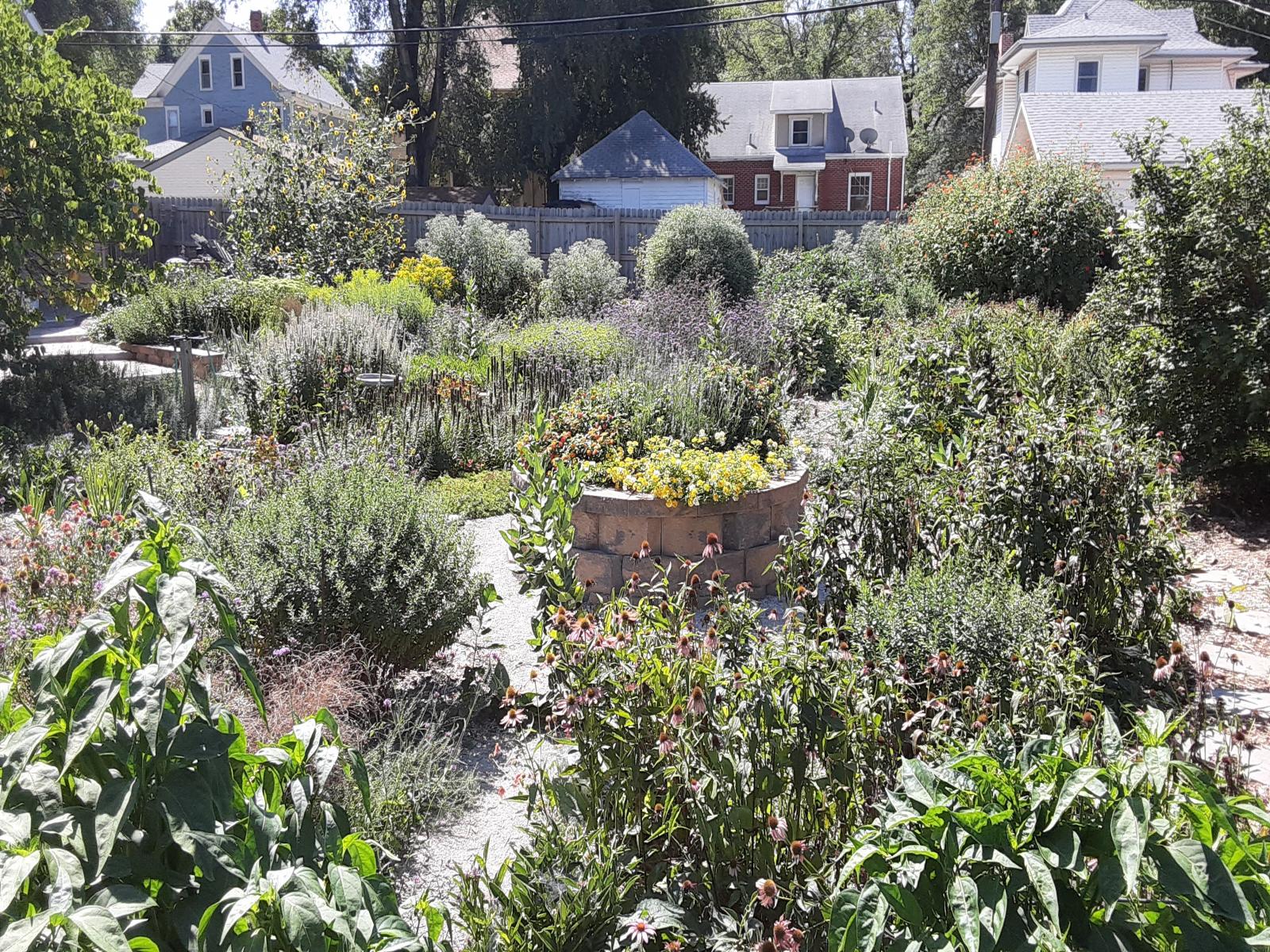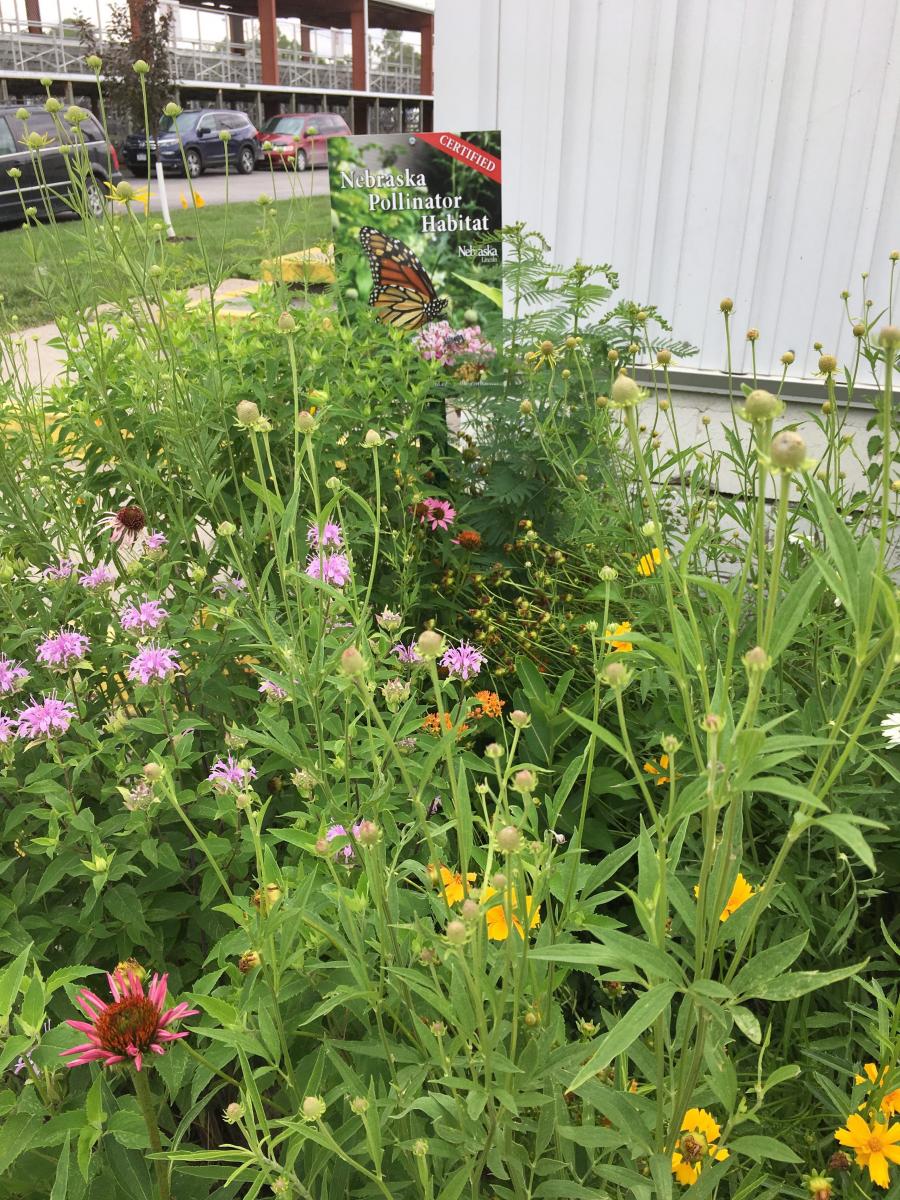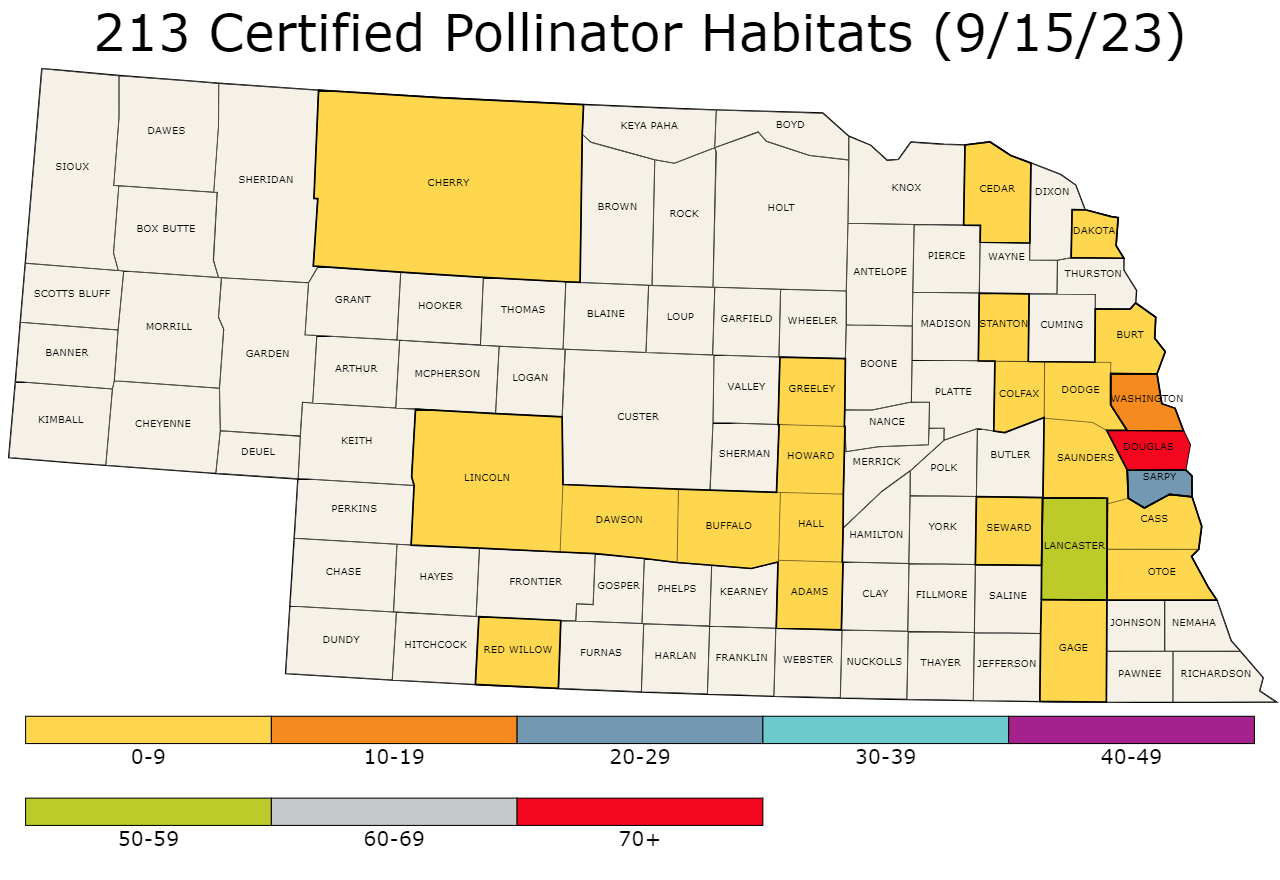What is Pollination?
Pollination is the transfer of pollen from the flower’s male reproductive organs or structures to the flower’s female reproductive organs or structures, resulting in seed production. More than 150 crops in the U.S. require pollination for seed production! Most pollination services are provided by insects, wind, and other animals like birds.
Who are our pollinators?
Most insect pollination is done by bees, flies, moths, butterflies, and beetles. There has been much attention given to the decline of our pollinators. The causes of their decline are numerous; loss of habitat, improper use of pesticides, poor nutrition, and disease.
Why pollinator habitat?
By creating habitat for pollinators, you are supplying them with their necessary food resources, nesting habitats, water, and pesticide-free environment they need! By certifying your space, you are ensuring all the necessary pieces are in place! Also, it can help spread the word in your neighborhood about the importance of pollinators, and how others can help.
